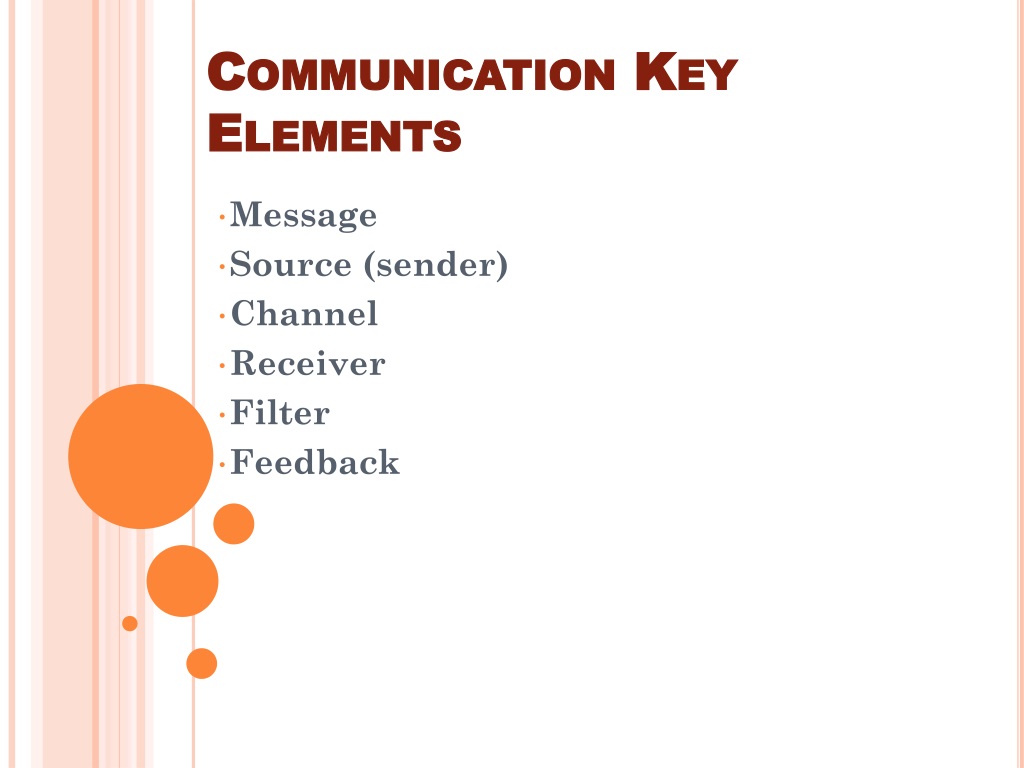
So it is better to play safe and zone our action and communication field. There might be situations where the positive effect from our communication is so poor in comparison with the damage done by a bad phrase or an action.

Talking about topics, it will be useful for you to articulate the following points: what areas do we never discuss, and what are the areas we can discuss but with particular care. Also, if your team is made up of more than 3 persons, it will be good if each topic will be assigned to a member of your team or of your close partners to give comments on the topic. If we look at the same case of an art gallery, the trunk of the tree will be the ‘new names in painting’ and the joint topics will be new trends in painting and in art in general, cultural management, painting as business and investment, cultural policy, museology and gallerying, art and the social position of an artist. To create a basis for the messages it is good to draw the so-called tree of topics, where the trunk of the tree is your mission or the overall goal of your project or organization, and its branches are your competencies and services which are also the topics adjoining the mission.

And build messages around these answers for each of these groups. (partners, competitors, sponsors or donors, officials, businesses.) to say about us?’ Answers to these questions will be your key services and competencies that you offer to the environment. Try to give a clear answer to the following question: ‘What do we want our. Also, the following exercise is very helpful for finding the wording to our strategic messages. Each and every one of our messages shall refer to this idea, even when we promote a new exhibition or comment on the latest bids at Sotheby’s. For example, we are the organisers of an art gallery, so our mission may be the discovery of new names in painting and adding cultural value to our city or our country in general. Firstly, each of our messages shall refer to our mission or the overall goal of our project or organization. If we plan strategic communication, then there are several techniques to help you create messages. If we need to have an emotional impact (and it preferable to do in all cases), then we create a striking image and use striking quotations from people that belong to the same group as our target audience. If our addressee is a rational person, then we use figures, studies, statistics and the statements of experts. But this formula can be applied differently. A universal formula for a successful message is statement + evidence + illustrative case. We should ask the following questions: What are the needs of our addressee? What are his or her values? What matters most to him or her in life or work? What would he or she not be able to sacrifice under any circumstances? By understanding the value framework, we would be able to have a deeper understanding of our target audience and tailor our communication more accurately.įurther, based on the analysis of the target audience, we formulate the message, that is what we actually want to say. Then there is an analysis of our target audience. This type of visualisation will be very helpful when developing a communication plan. The best thing is to literally create in practice a portrait of this target audience: you can create a collage using clippings from a fashion magazine of your imaginary addressee. Moreover, we have to determine as accurately as possible our audience based on so-called social categories: sex, age, education, income. For example, “year three to six university students in the capital”. We have to narrow down the field of our audience as far as possible. We cannot say that our aim is “the broad public”, or that our customer is “a person with cultural needs”. That is why dealing with the concept of our target audience is the most important task for a communicator.įrom the very start, our task is to define our target audience as accurately as possible. Only after determining our target audience will we be able to answer the remaining abovementioned questions and then to determine the remaining elements. Let’s look at each of these elements one by one.Īs we have already seen, the most important of these is the target audience.

Thus, these elements answer the following questions: Who are we talking to? What do we want to say to them? Who should say it? How should we say it? And when? Some experts also point to another element, which is very important in our day, and that is time. Then there are content (or a message), a speaker who delivers the message, and a channel that you use to convey the content.

The first and the most important one is the target audience.


 0 kommentar(er)
0 kommentar(er)
